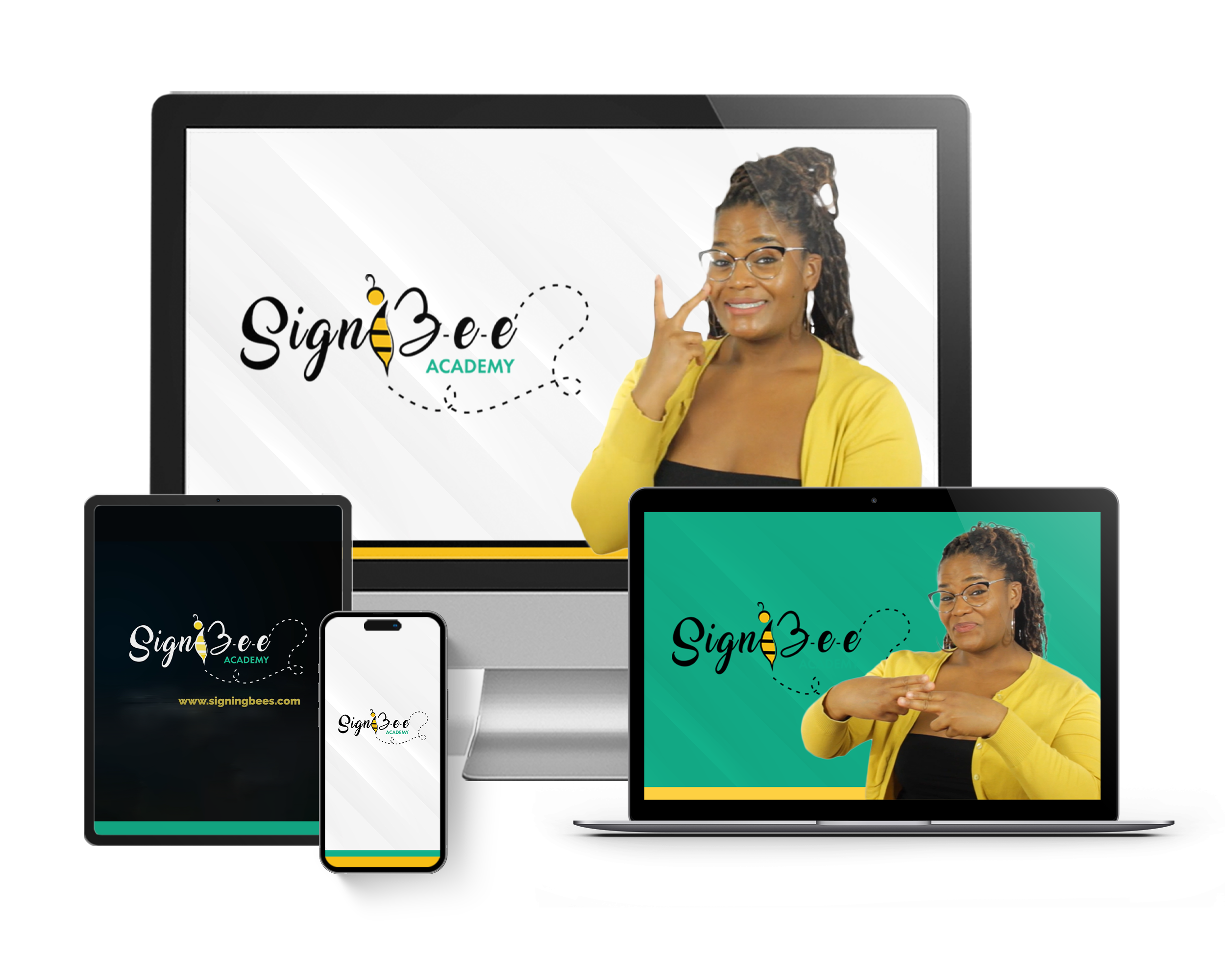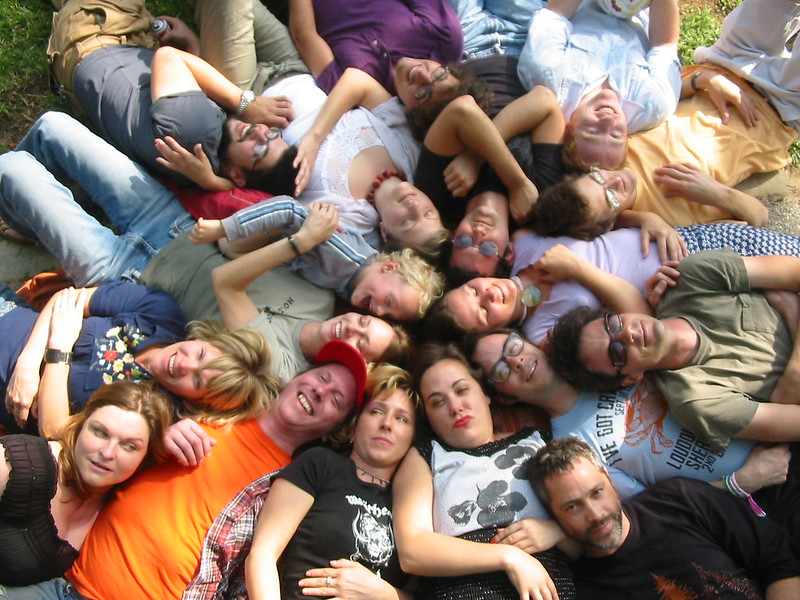Ever wondered how deaf individuals can have seamless and beautiful conversations with each other and with hearing people just like hearing people have with other hearing people? Then read on to learn how they achieve this. Although they might be deaf, it doesn’t mean that they have lost the ability to utilize their communication skills.
The work required to interact with the deaf rests on them, just as it rests on the people they interact with, just as every successful communication depends on all parties involved. In light of this, we will also be looking at some suggestions for improving interactions with deaf people before we go further to examine the ways deaf individuals communicate.
Tips to Improve Your Interactions with Deaf Individuals
- Do not define deaf individuals by their hearing loss. They want you to see them first as individuals, in doing so, it means they can trust you to value their opinions like you will value any other person’s.
- Be ready to communicate with them on their level. Indeed, they do not want you to identify them only by their condition, yet you must understand the need to communicate with them in ways that they are comfortable with. Each deaf person is unique. While one may speak ASL fluently, another may only be able to lip read and finger spell. Recognize their strengths and communicate with them at a level they can understand.
- Having patience will come in handy. During everyday interactions, it’s not uncommon for people to lose their patience, which leads to many communication misunderstandings. When communicating with people who are deaf, this rule is very important. While you work to comprehend what they are trying to tell you, have patience with both them and yourself.
Some Ways Deaf People Communicate With Each Other and With Hearing People
Image by Freepik
They Make Use of Sign Language (ASL and others)
A study in the United States shows that about 500, 000 people out of the 48 million people with hearing loss use sign language. Around the world though, about 70 million people with hearing loss are said to use sign languages. Although this is a small percentage, it does not change the fact that there are deaf people who communicate with sign language.
For example, those who use ASL testify that it is an expressive language that uses the hands, arms, fingers, and facial expressions to convey thoughts and feelings sometimes better than words can.
They Read Lips
Lip reading is a communication technique that involves the interpretation of the movement of one’s lips and tongue coupled with the facial expressions one uses. For it to be used effectively, the deaf has to be aware of the topic of discussion, so he or she will not mistake words that sound alike. For example Witch- Which, Heir-hair.
As helpful as this technique is, lip reading cannot be utilized on its own to facilitate effective communication because only 30 to 40% of speech sounds can be understood using this method.
They Use Cued Speech
Cued speech serves as an assistant to lip reading because it is the use of lip reading alongside hand signals to differentiate similar word sounds. One aim of using cued speech is to enable deaf people to understand spoken speech.
That is why it is suggested that one combines lip reading or cued speech with ASL. It opens up more communication options.
They Write and Draw
Image by stocking on Freepik
Most deaf people who were not born deaf, but encountered a degree of hearing loss as time went on, will communicate through writing, drawing as well as texting before learning ASL. When ASL has been learned afterward, this form of communication may still be used especially when the deaf person is around people who cannot understand ASL.
Some Are Taught To Communicate Using the Oral Auditory Method
First of all, you need to be aware that this technique can be successful when applied early on in the deaf person’s life, combined with hearing aids or cochlear implants. It involves encouraging deaf children to communicate via spoken language. As easy as it looks, it usually requires a huge amount of time spent on speech training because of the limitation posed by hearing loss. Yet, once a deaf youngster masters the ability to communicate by oral auditory means, he or she can interact with a variety of people
Some Use the Sign and Speak Approach (Sign Supported English)
SSE (Sign Supported English) is what happens when a deaf person can sign and can speak, so they use both simultaneously. It is most common in the UK where BSL (British Sign Language) is used, and it is especially useful in communicating with people who do not know a lot of signed vocabulary.
Another form of the sign-and-speak approach is the use of ASL coupled with the use of the English Language. This combination is called Pidgin Sign Language (PSE) or Contact Language. In this case, people who can speak, learn to sign, and thereafter use both while interacting with other deaf or hearing people around them.
Are you astonished to find that deaf individuals have other forms of communication besides sign language? Indeed, they do, though sign language happens to trump them all.
Sadly, there are just some restrictions that hinder their effective communication. These restrictions may include:
- They have a greater susceptibility to extremely loud noises. So, you cannot interact with some people suffering from hearing loss in a loud environment.
- They might be surrounded by a majority that has no willingness to understand any of the methods of communication that can support them in having good interactions.
- There are not enough sign language interpreters. This makes for poor deaf education in different communities.
- They can be subdued by high doses of low self-esteem and lack of confidence due to their hearing loss.
Conclusion
Understanding how deaf people communicate generally helps us learn how determined they are to interact with the world around them. It does not mean they are the ones who came up with these communication systems, rather, their determination shows in their willingness to learn them. Even if they continue to be a minority in society, their willingness to participate is a call to the larger society to meet them halfway.
Are you making any effort to communicate with someone who is deaf? You can start from anywhere. Consider starting ASL classes. SignBee Academy can provide you with various ASL learning tools to help you.
Thumbnail Photo Credit to: Image by pch.vector on Freepik






